
Children love role-play. Toys become props, and a jungle gym, a tree, or even the living-room furniture can become a stage for a unique role-play session. They play house, make up war games, or act out stories they’ve read or seen in movies. And they will use anything—and I do mean anything—that they’ve seen or learned in their role-play, even if it doesn’t exactly fit there.
I remember as a child creating stories with matchbox cars in a doll playhouse. I also remember having a Polly Pocket as a Star Trek tricorder in one hand and a Lego® phaser in the other. As a teen, I watched a group of first graders playing after school. One little girl, the leader, laid out the game they would play. She was drawing from her lessons, her favorite stories, and her own rather wild imagination. It was one of the most intricate and regulated children’s games I have ever seen. It didn’t make a lot of sense, but none of the other kids seemed to mind.
One of the best ways you can get your kids engaged in a lesson is to fit it into a story that they can remember. If you give them fodder for role-play, you’ll see them reusing what they’ve learned in any number of ways. Here’s an activity for creating a hornbook when you’re teaching about how children learned in the New England colonies.
Making Your Own Hornbook
This activity comes from the Heritage Studies 2 teacher edition (Lesson 52). In this lesson, children learn about dame schools and how hornbooks helped the kids in the colonies to memorize their letters and the Lord’s Prayer.
Materials
- Hornbook pattern and text
- 8½ x 11 sheet of stiff paper (construction paper, posterboard, or cardstock)
- 4 brass fasteners
- 24” length of string or ribbon
- Sheet protector
- Hole punch
Directions
- Print and cut out the hornbook pattern. Use it as a guide to cut the stiff paper into the shape of a hornbook.
- Cut out your sheet protector so it’s the same size as your hornbook. Hornbooks got their name because they were usually covered by a thin sheet of animal horn for protection. You’ll be using a this sheet protector instead of animal horn.
- Print and cut out the alphabet and Lord’s Prayer text.
- Punch a hole in each of the four corners of the sheet protector, text, and hornbook.
- Attach all three pieces together with brass fasteners.
- Punch an additional hole at the end of the handle.
- Thread the string or ribbon through the hole and tie the ends to make a big loop. Children would often wear their hornbooks around their necks or tied to their belts so they wouldn’t lose them and so they could study them throughout the day.
Role-Play Starters for Using Your Hornbook
Once the lesson is done, use these starters to get your kids’ minds engaged in play with the things they’ve just learned.
- Pretend you’re the teacher at a dame school and you’re helping one of your students (e.g., a sibling or willing parent) use his or her brand-new hornbook.
- Imagine you’re a child in the New England colonies and you have to wear your hornbook for the rest of the day.
But don’t be surprised! You may find sometime in the future that your child’s hornbook has become a fan, a pizza peel (the giant spatula used to put a pizza in the oven), or a crossing guard sign as your kids use it in their play.

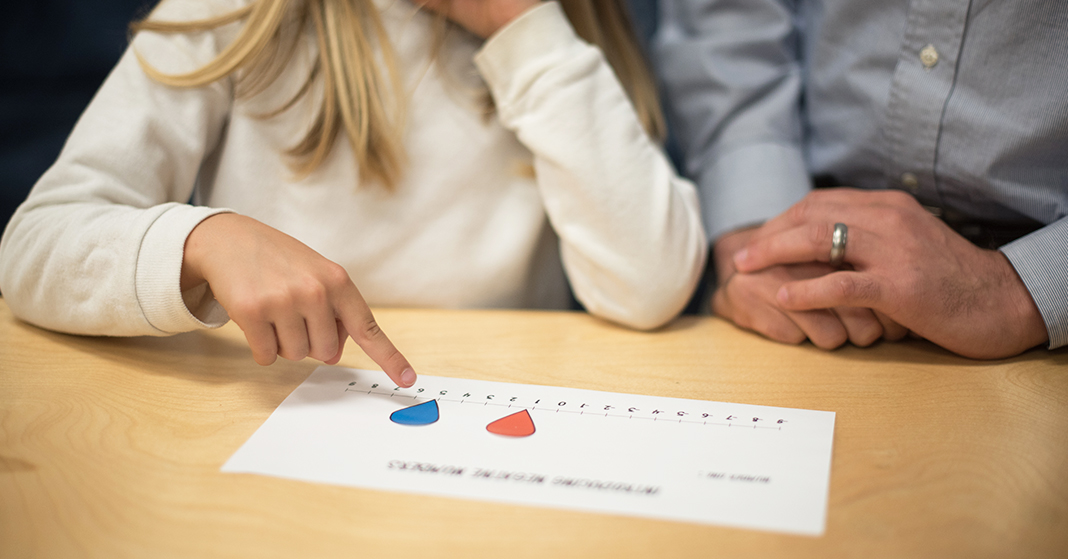
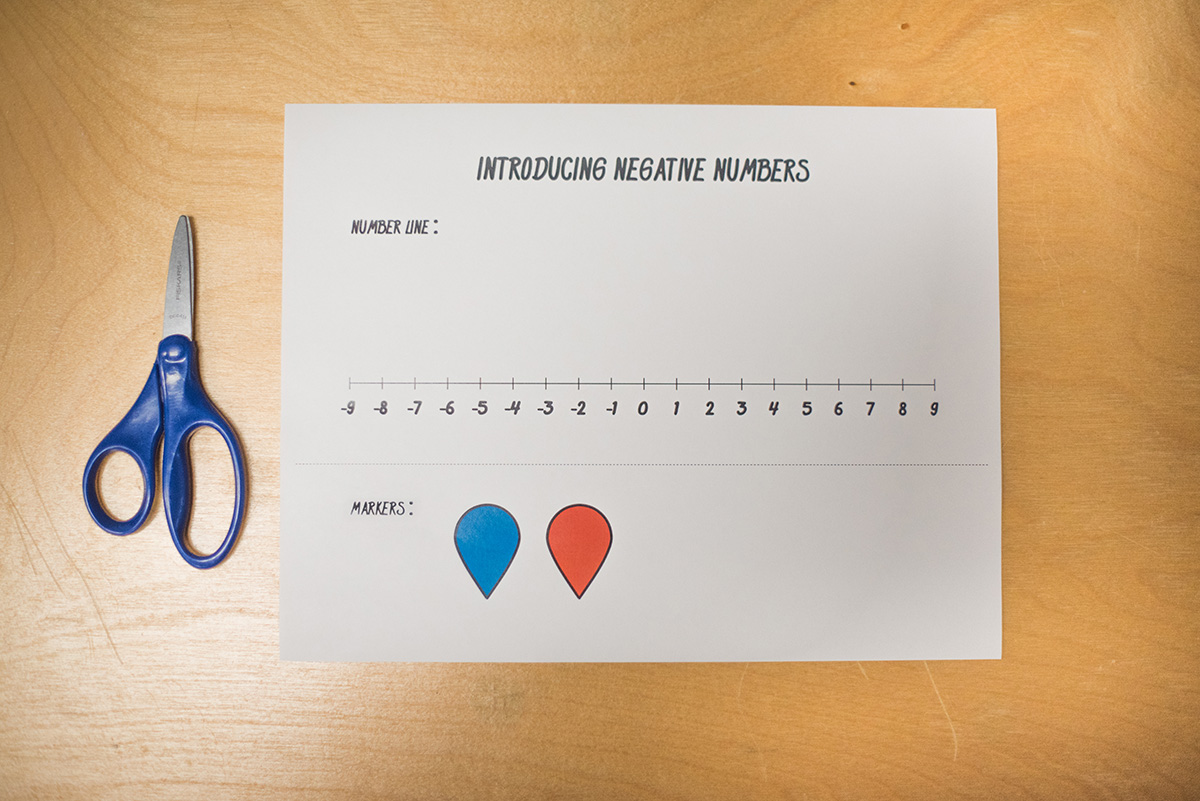 Materials
Materials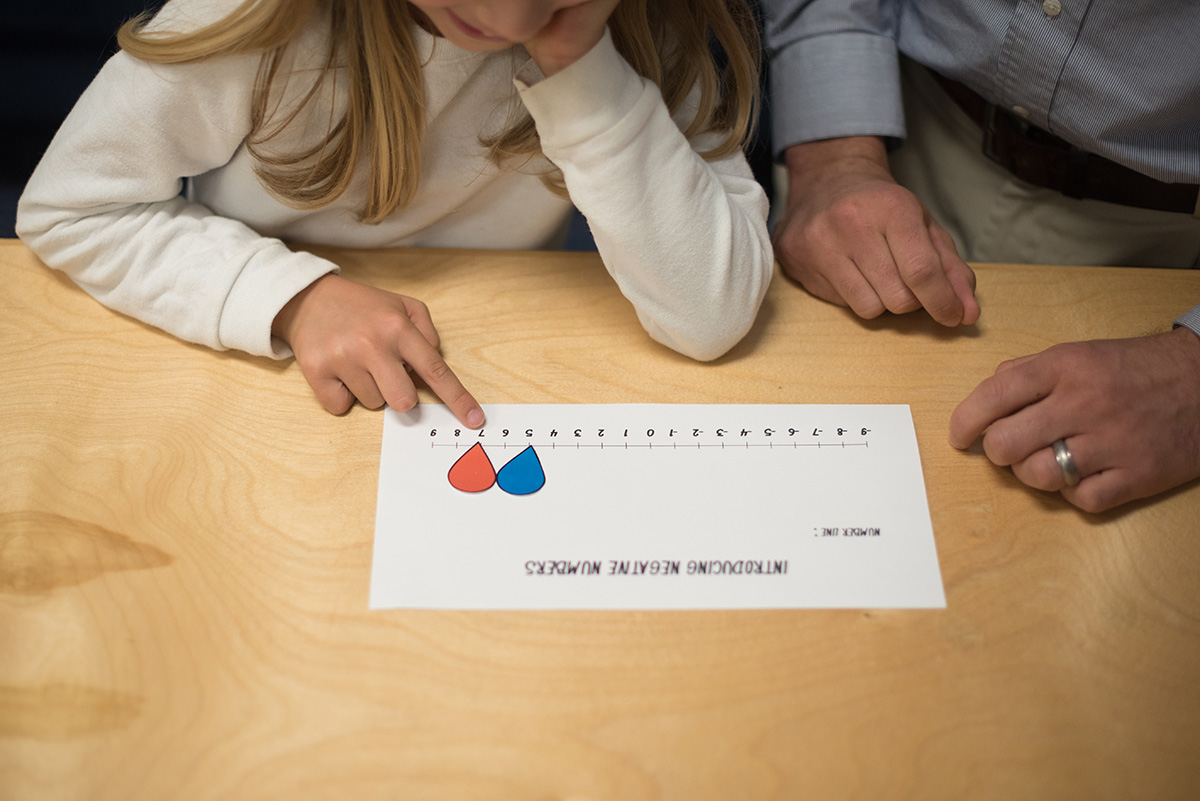
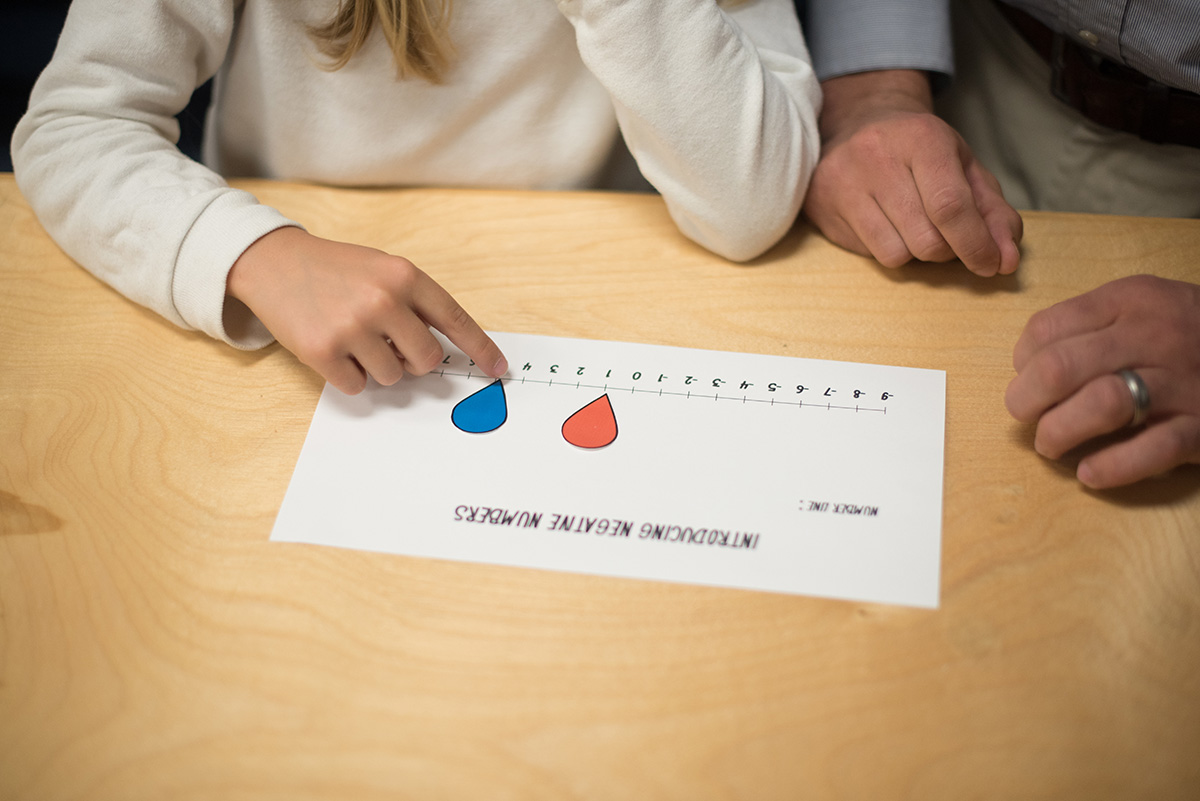
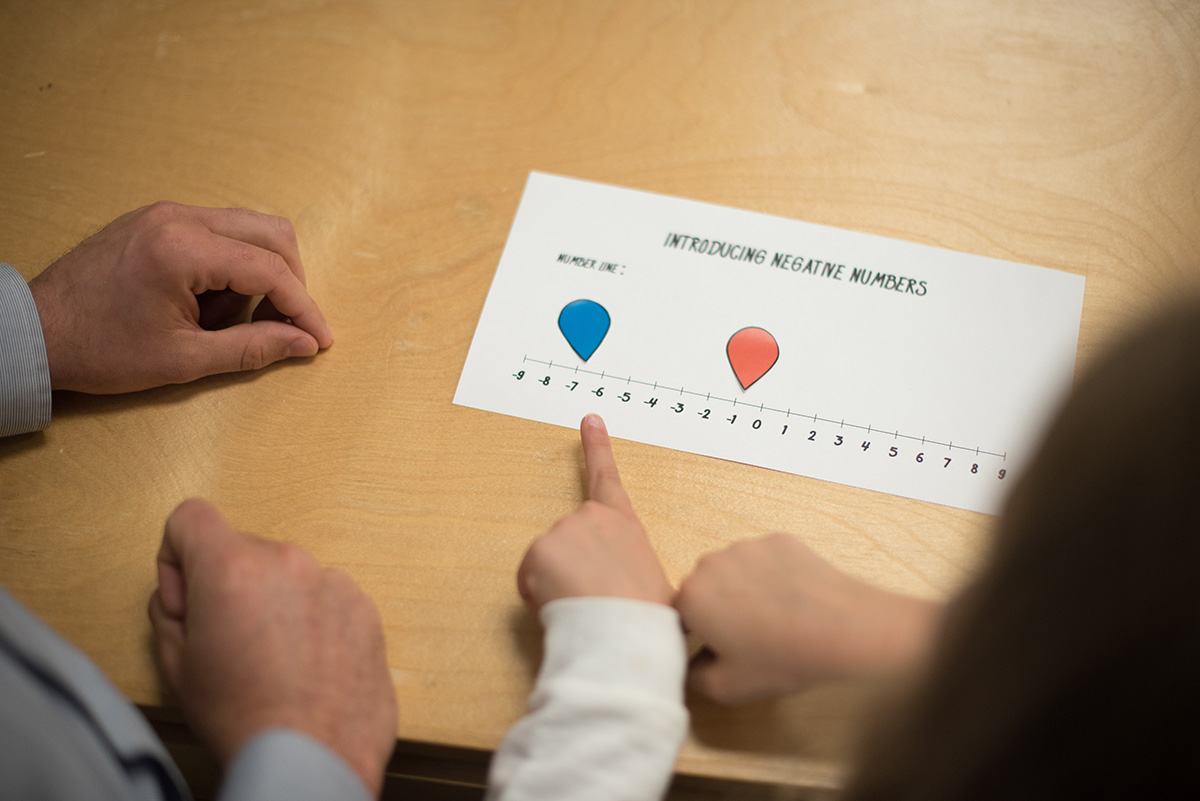
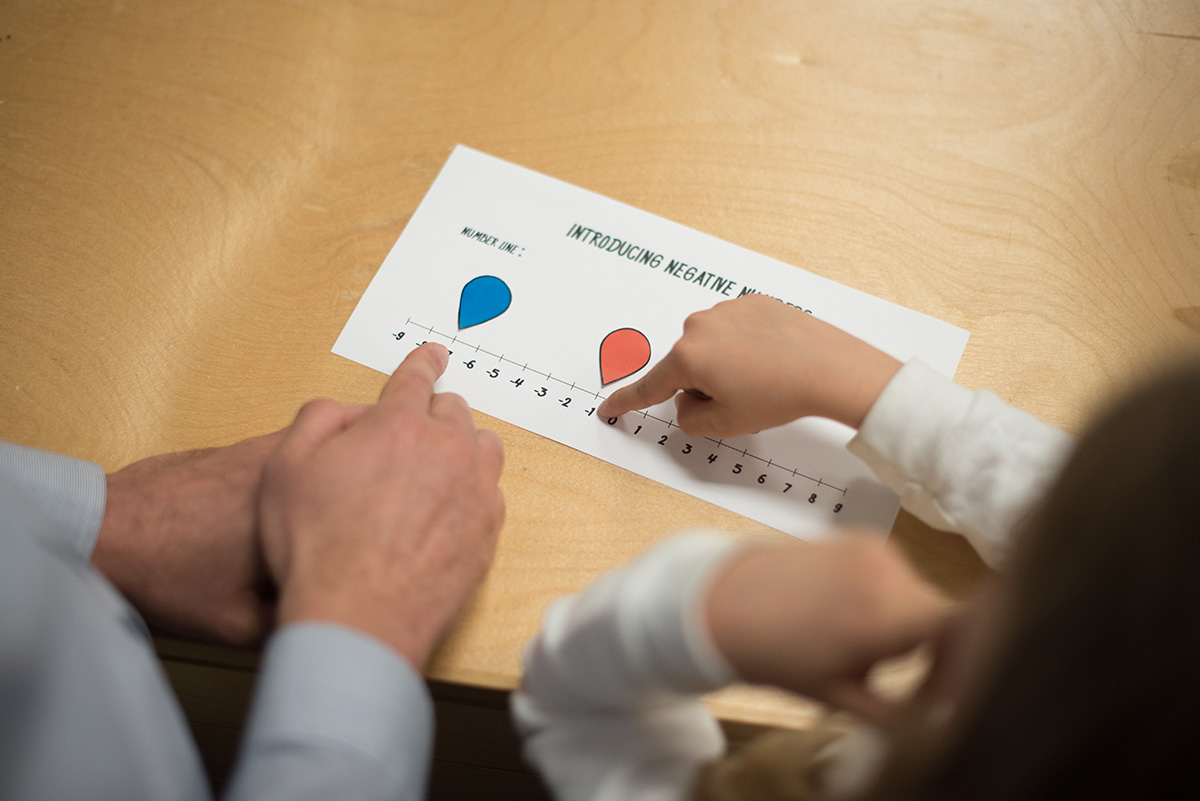 Developing Understanding
Developing Understanding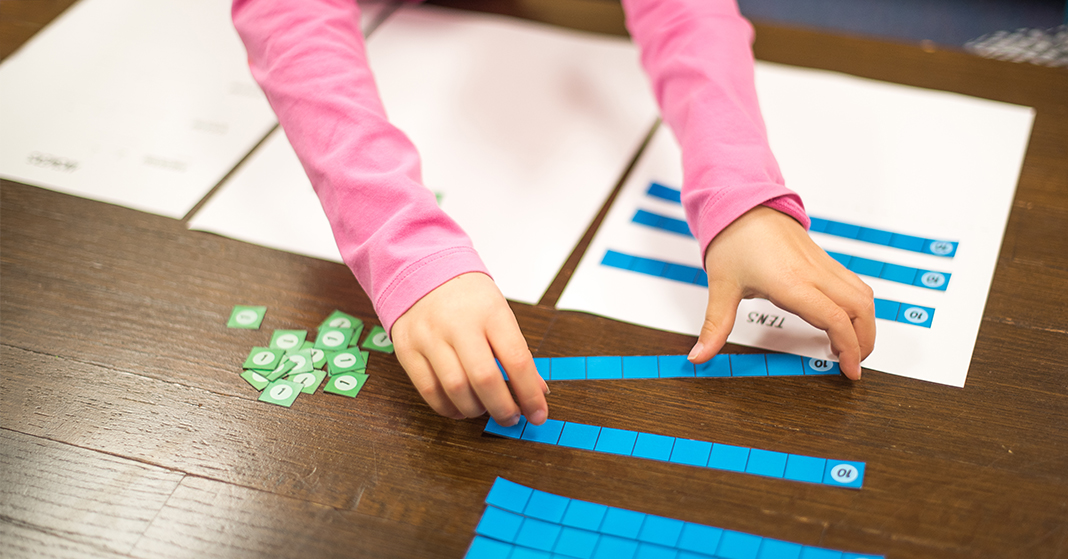
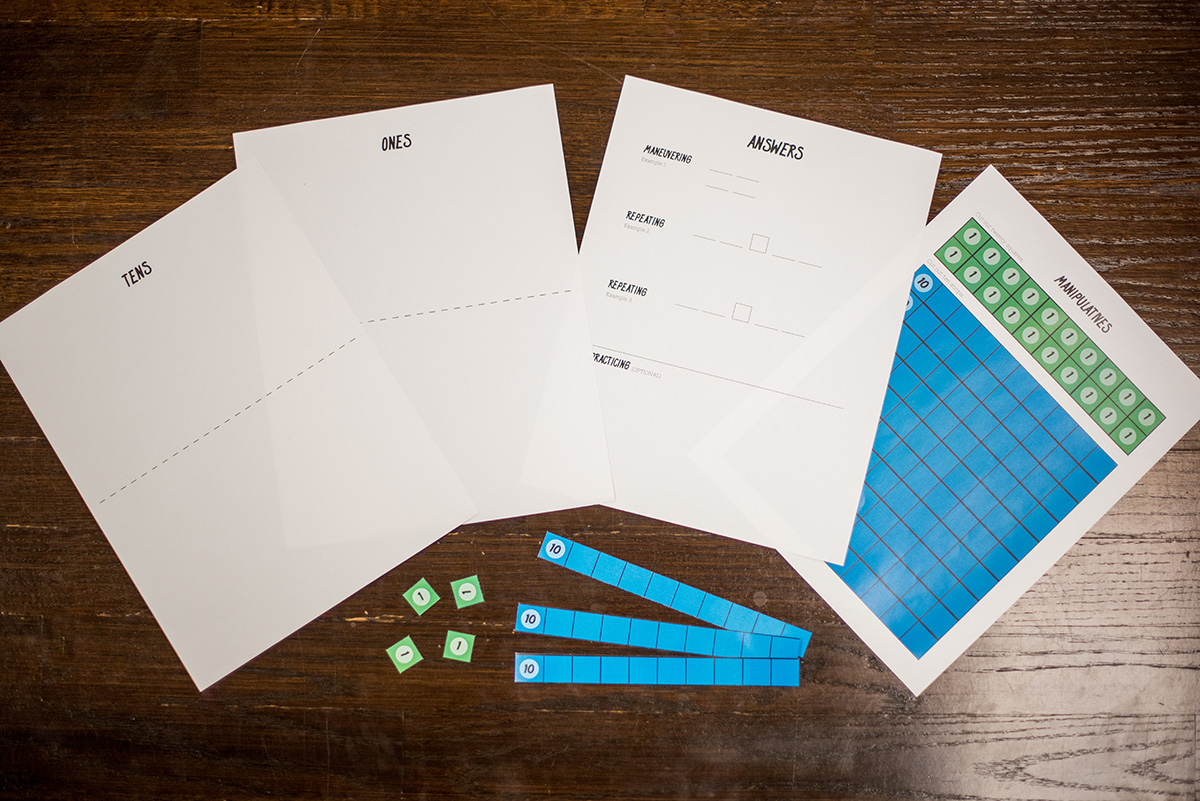 Maneuvering
Maneuvering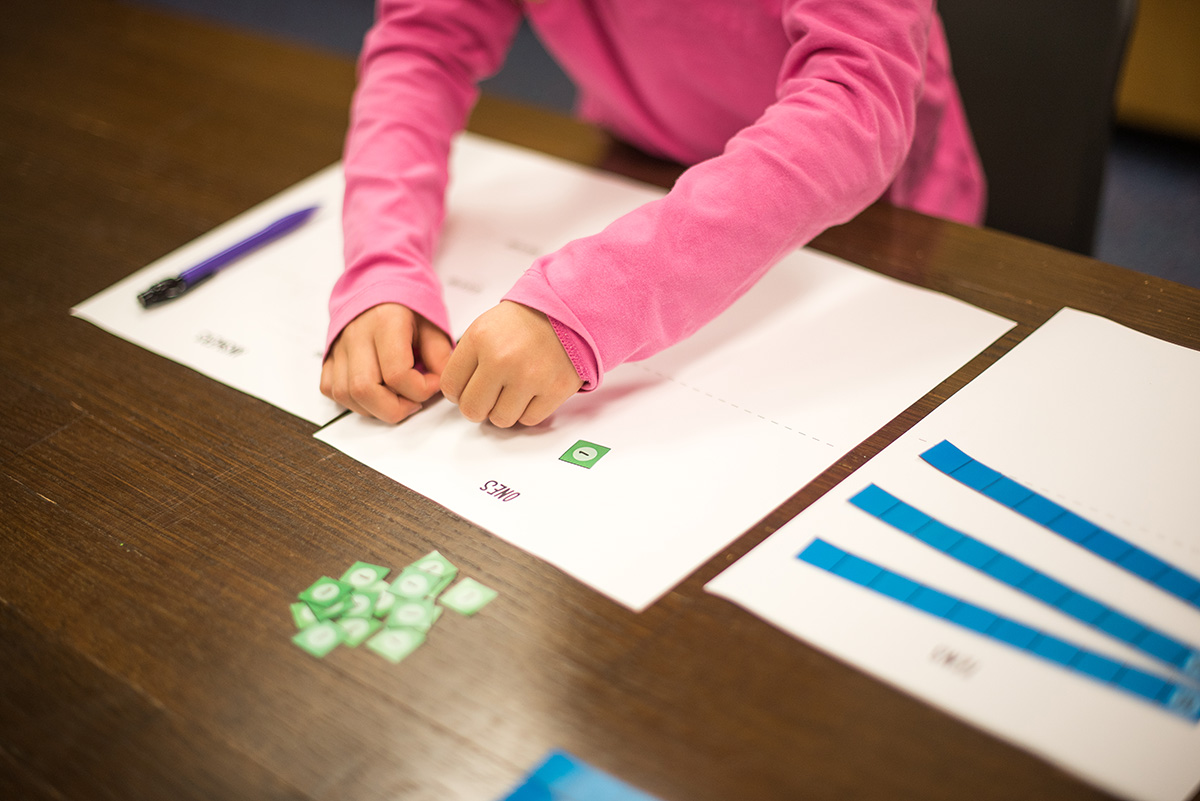
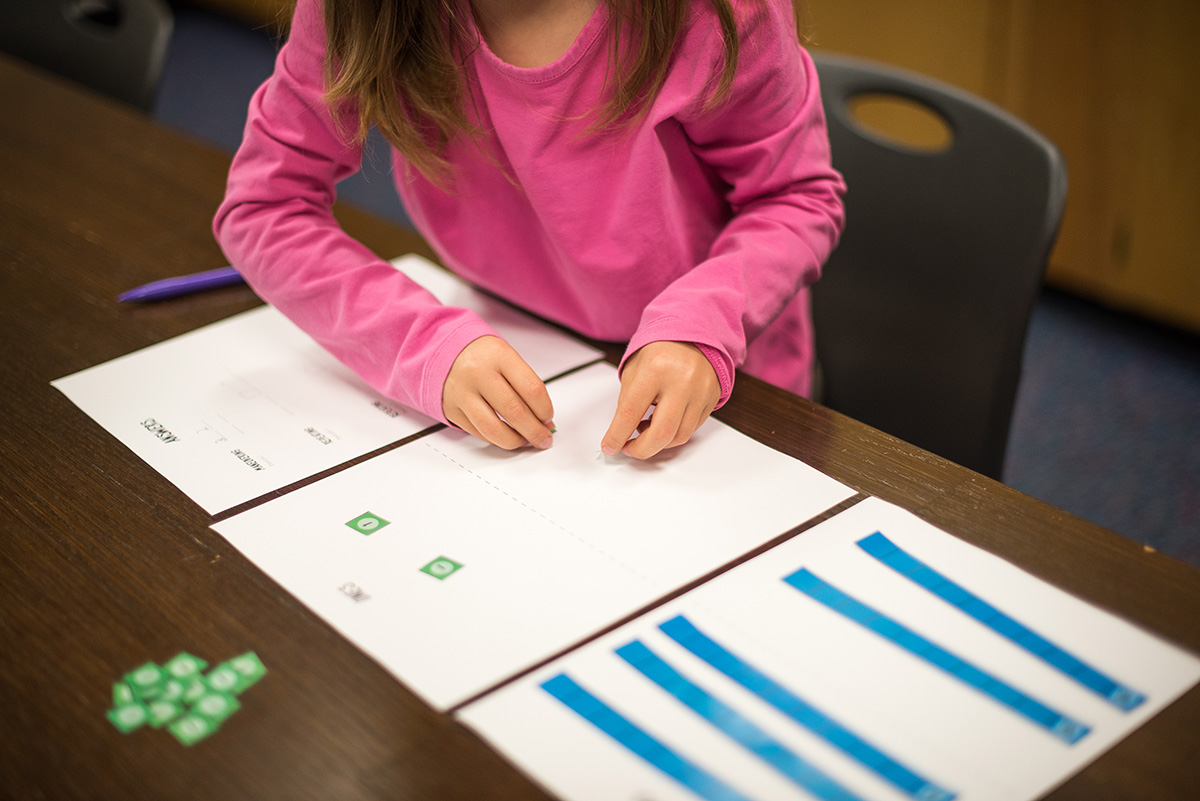
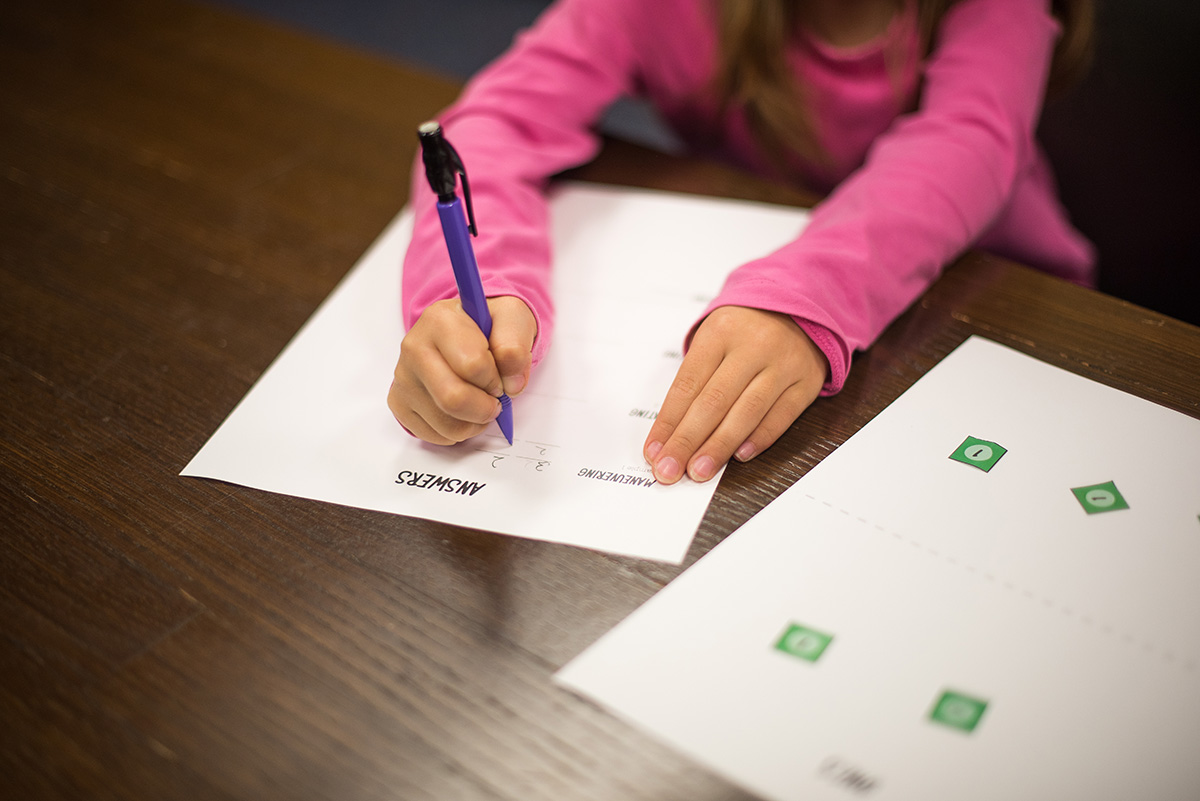 Observing
Observing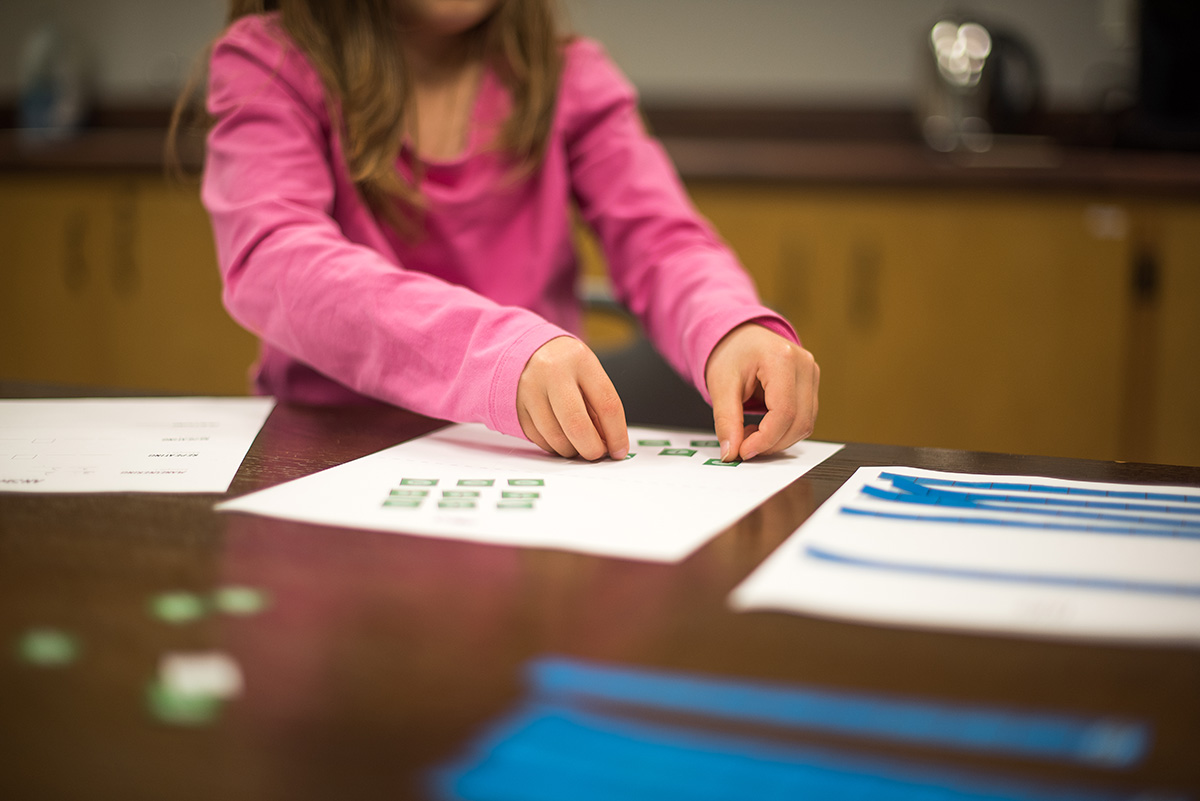
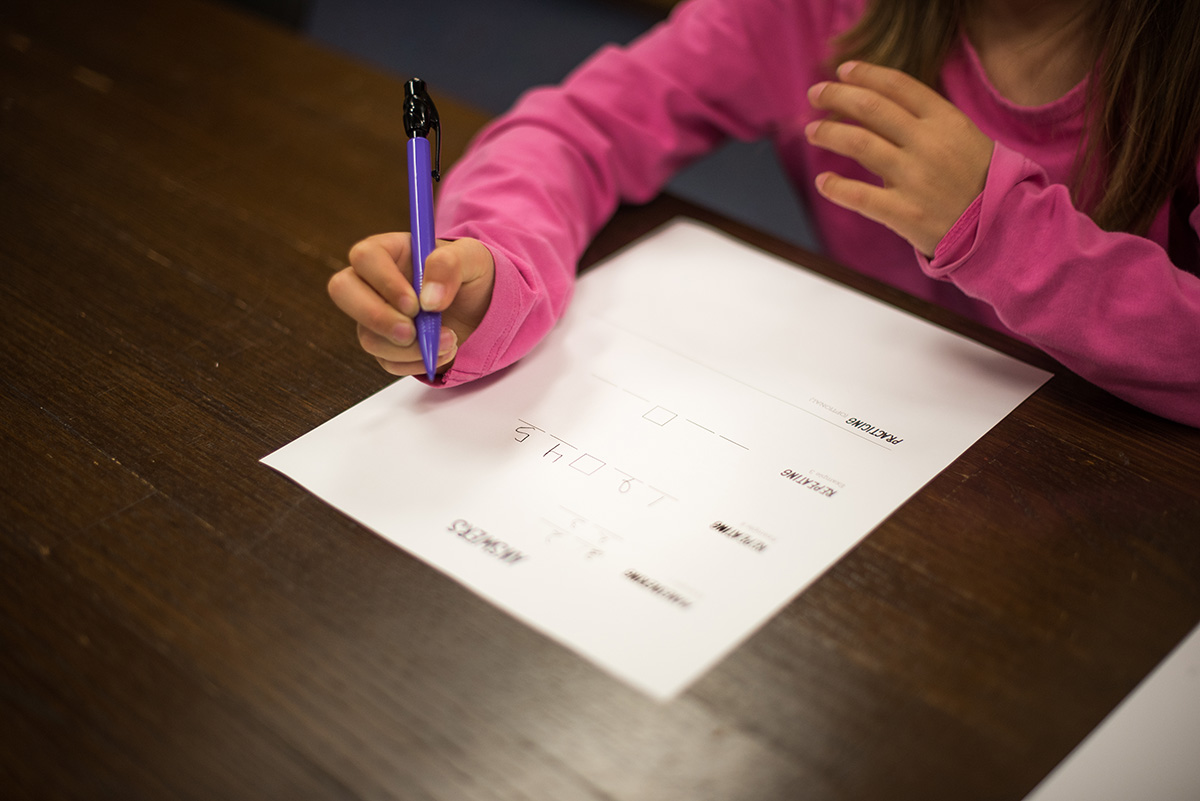 Practicing
Practicing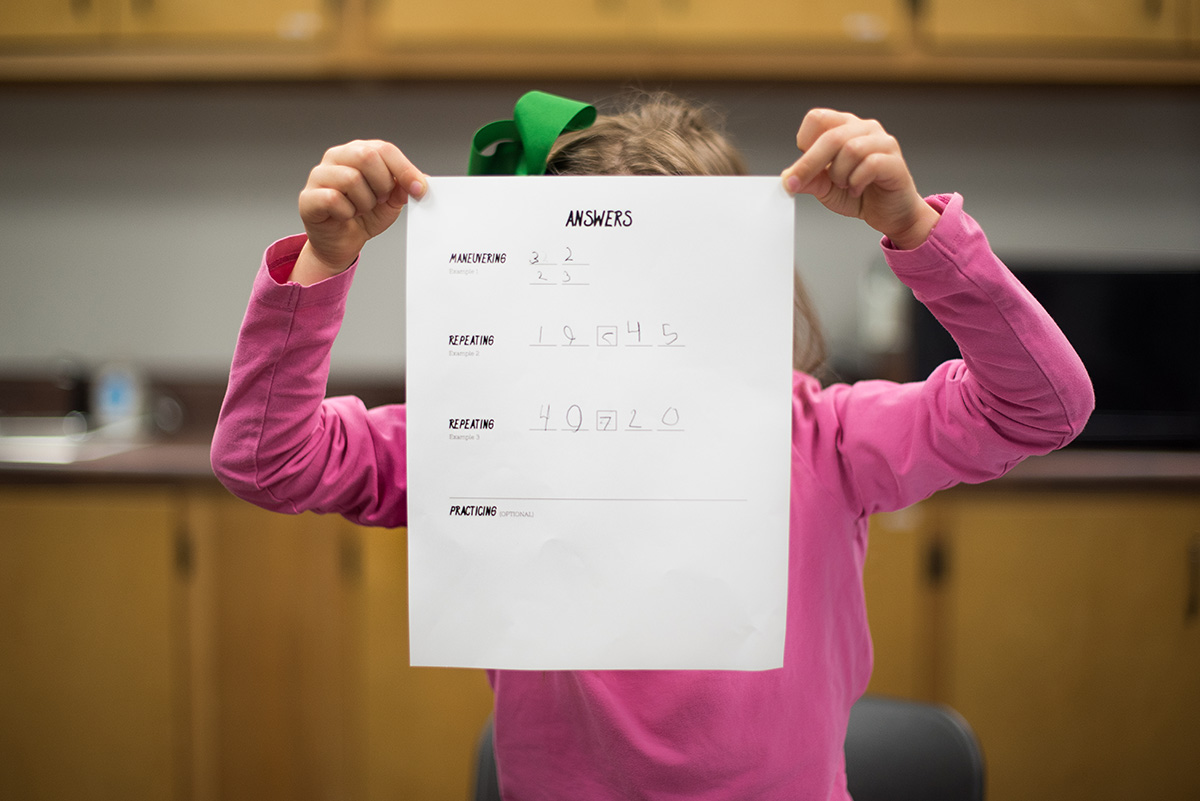
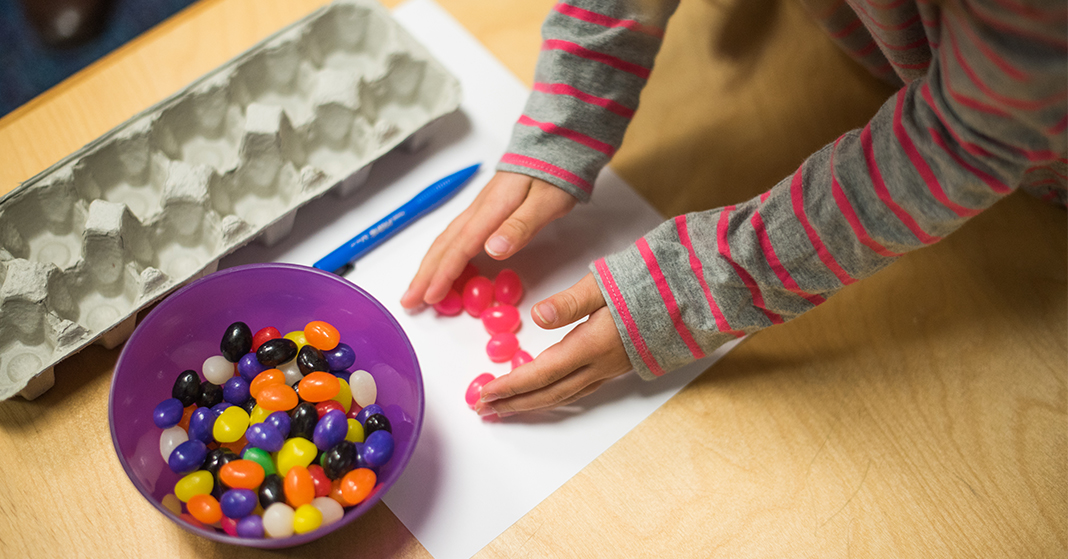
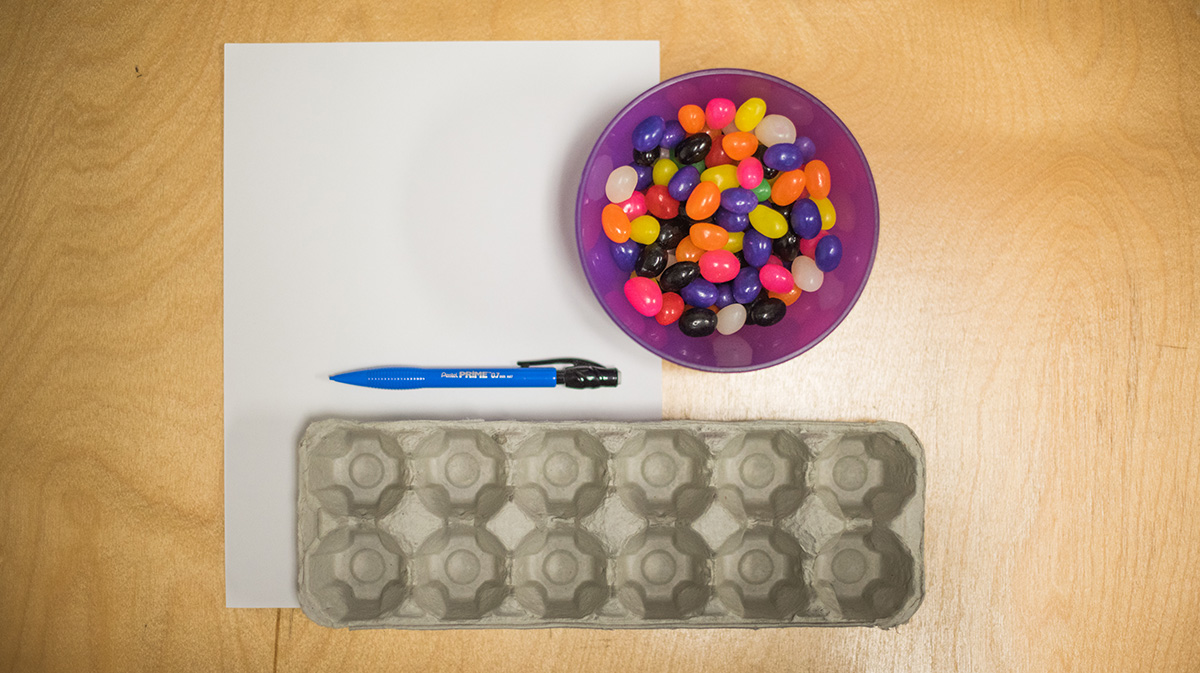
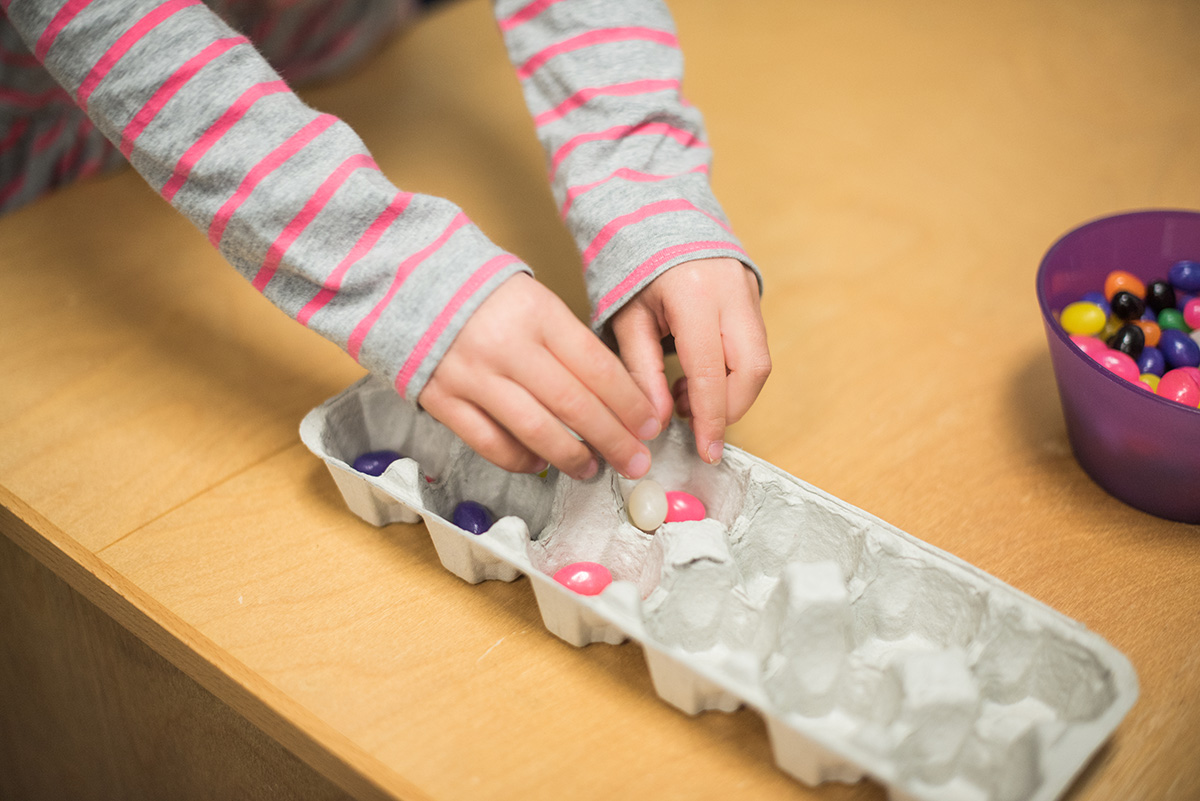
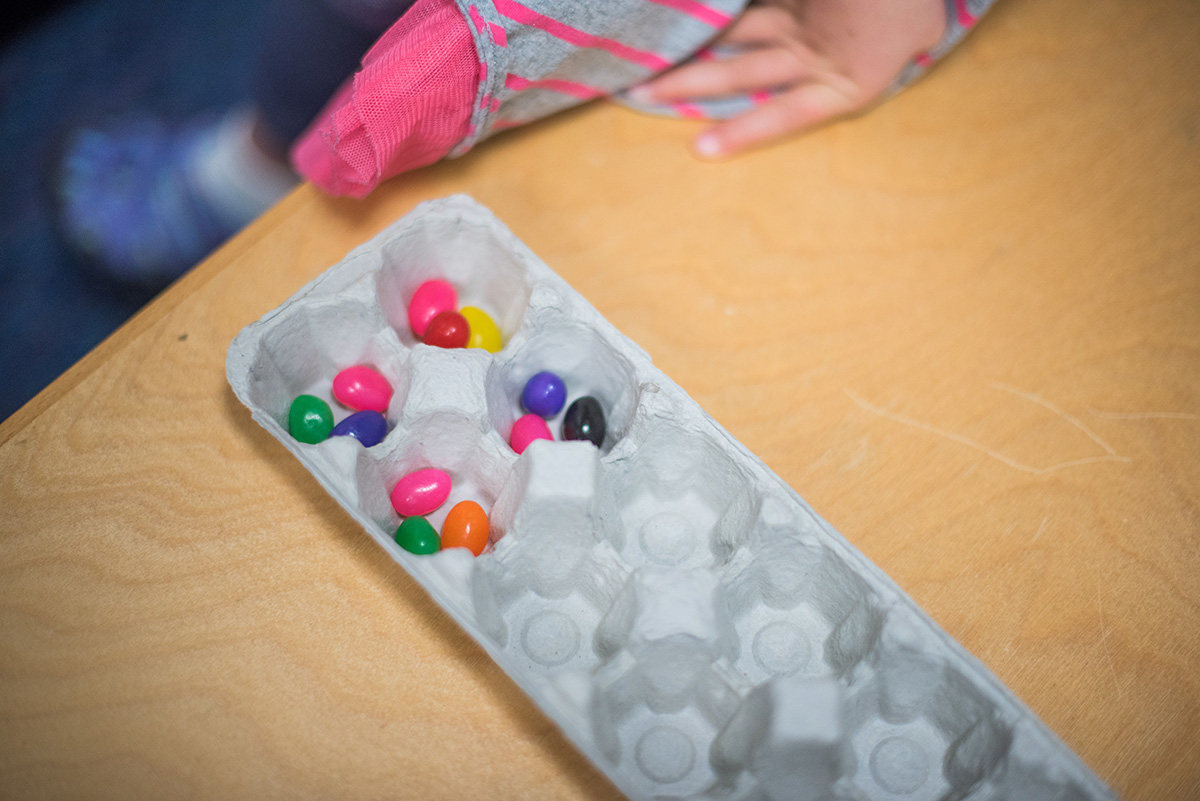
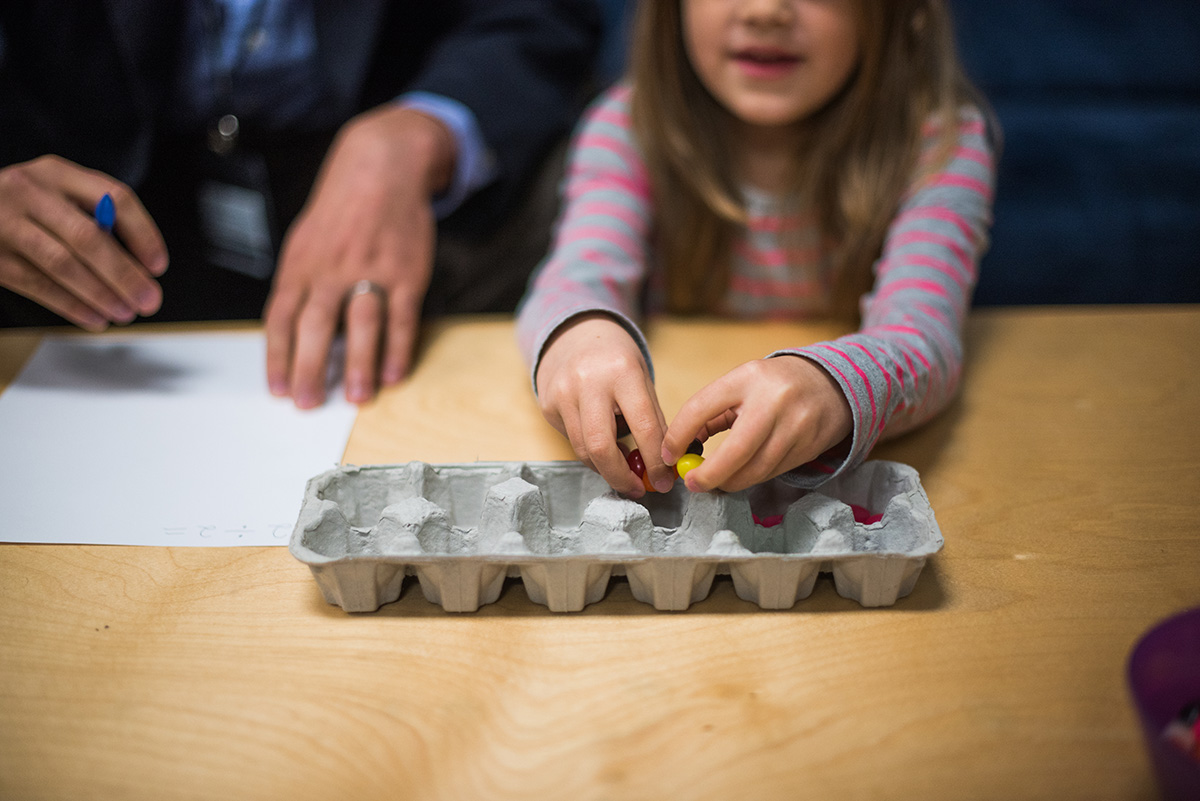
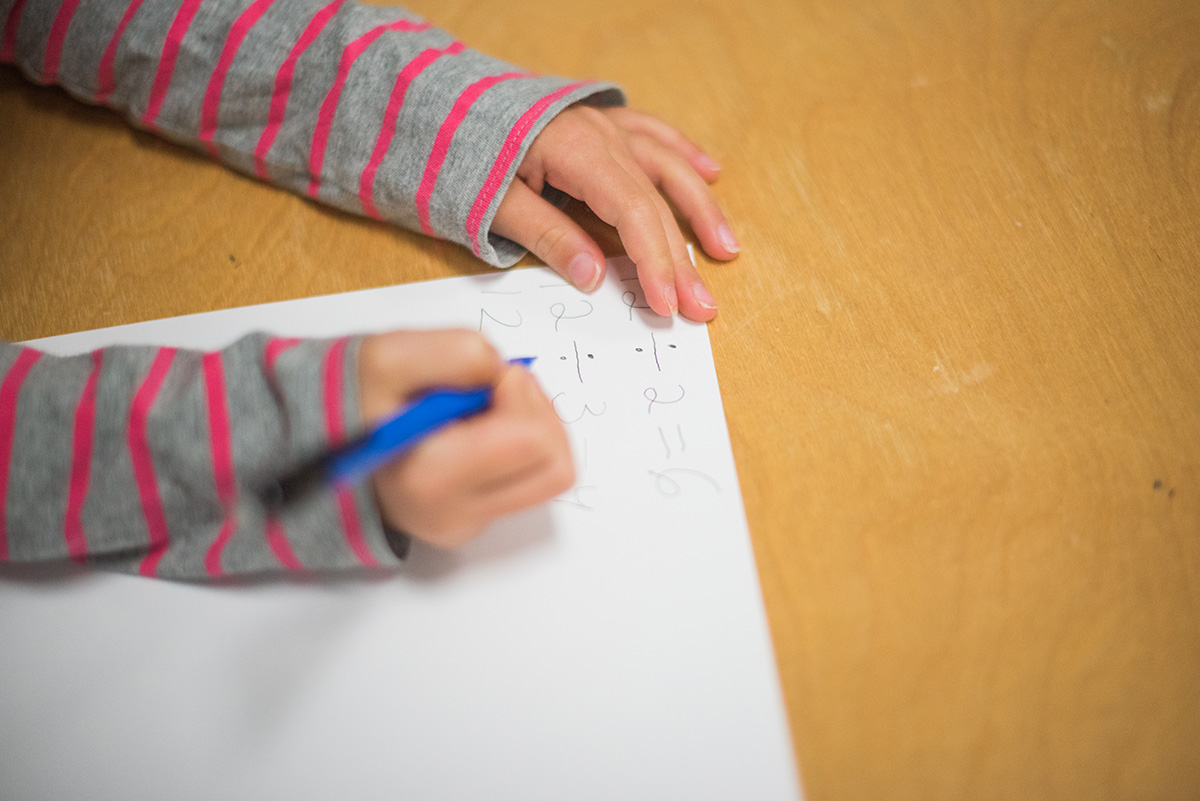
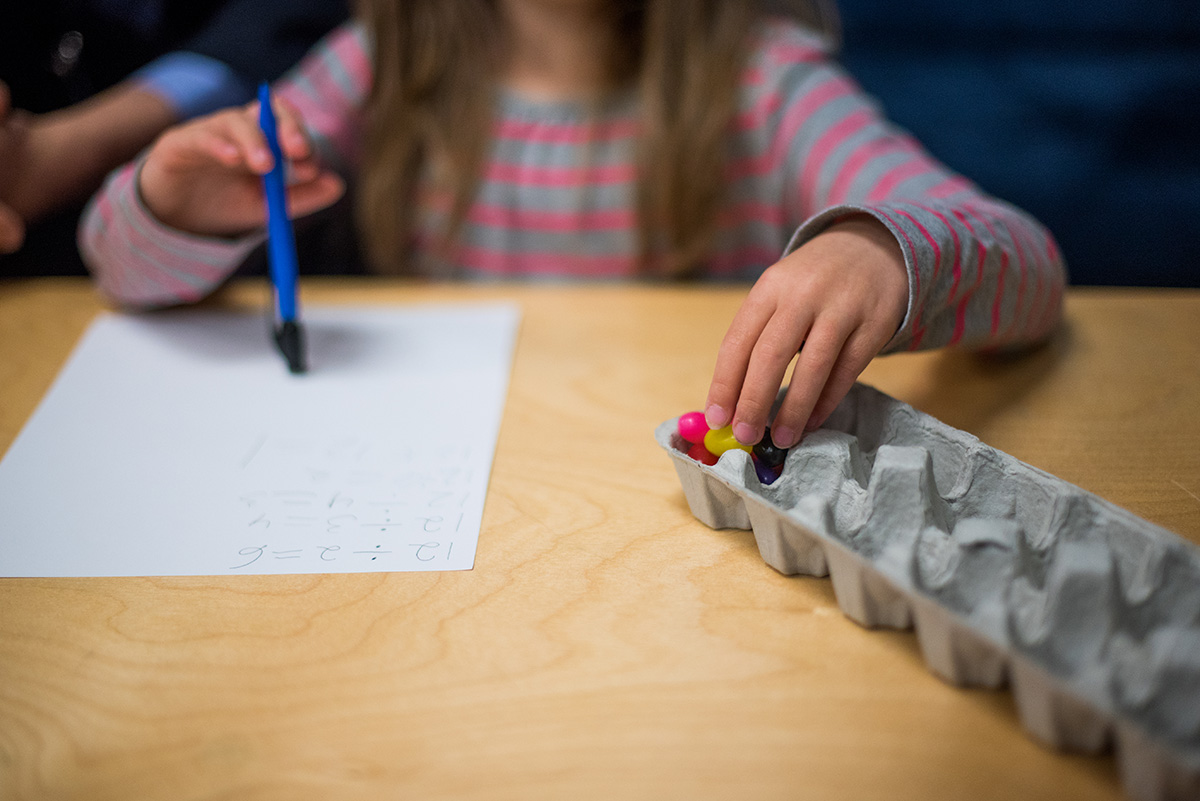 Sustained Learning
Sustained Learning